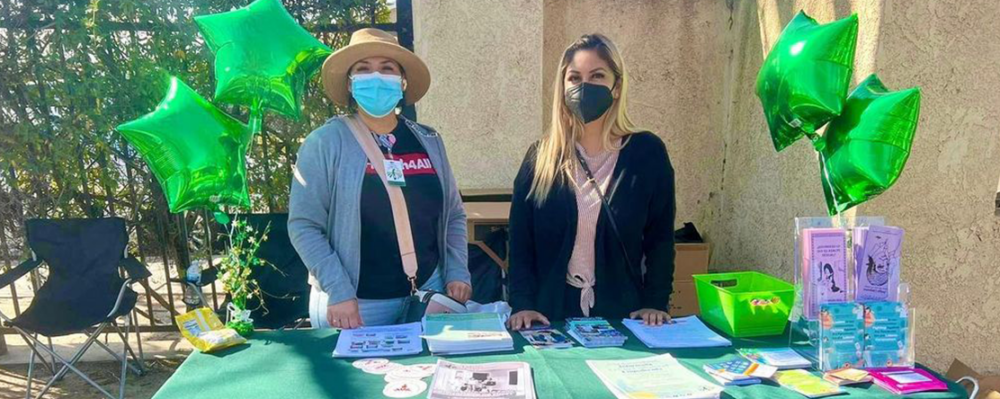
In the News
Telemedicine keeps doctors and patients connected at a safe remove
- Washington Post
-
Focus Areas
Chronic Disease Prevention, Data, Technology & Innovation, Health Care & Population Health -
Issues
Technology & Telehealth -
Expertise
Public Policy Development, Technical Assistance -
Programs
Center for Connected Health Policy -
Strategic Initiatives
COVID-19

Prior to the COVID-19 crisis, few Americans had encountered telemedicine, but that is now changing swiftly, and the change may be permanent. As Mei Wa Kwang, executive director of the Public Health Institute’s Center for Connected Health Policy told the Washington Post, consumers use different terms for telehealth, but the various terms all refer to health care provided by a professional in a non-face-to-face manner.
Kwang also notes that prior to the crisis, the limiting factor for adoption of telehealth had been that most people have little or no health coverage for video visits and doctors often have not been able to be paid for telehealth services. Emergency rule changes prompted by the pandemic are changing this, with Medicare, Medicaid and some private insurers changing their policies to adapt to new “social distancing” realities.
Click below to read the full article.
Originally published by Washington Post
More Updates
Work With Us
You change the world. We do the rest. Explore fiscal sponsorship at PHI.
Support Us
Together, we can accelerate our response to public health’s most critical issues.
Find Employment
Begin your career at the Public Health Institute.



